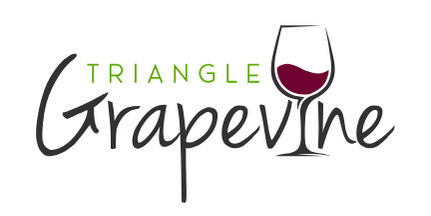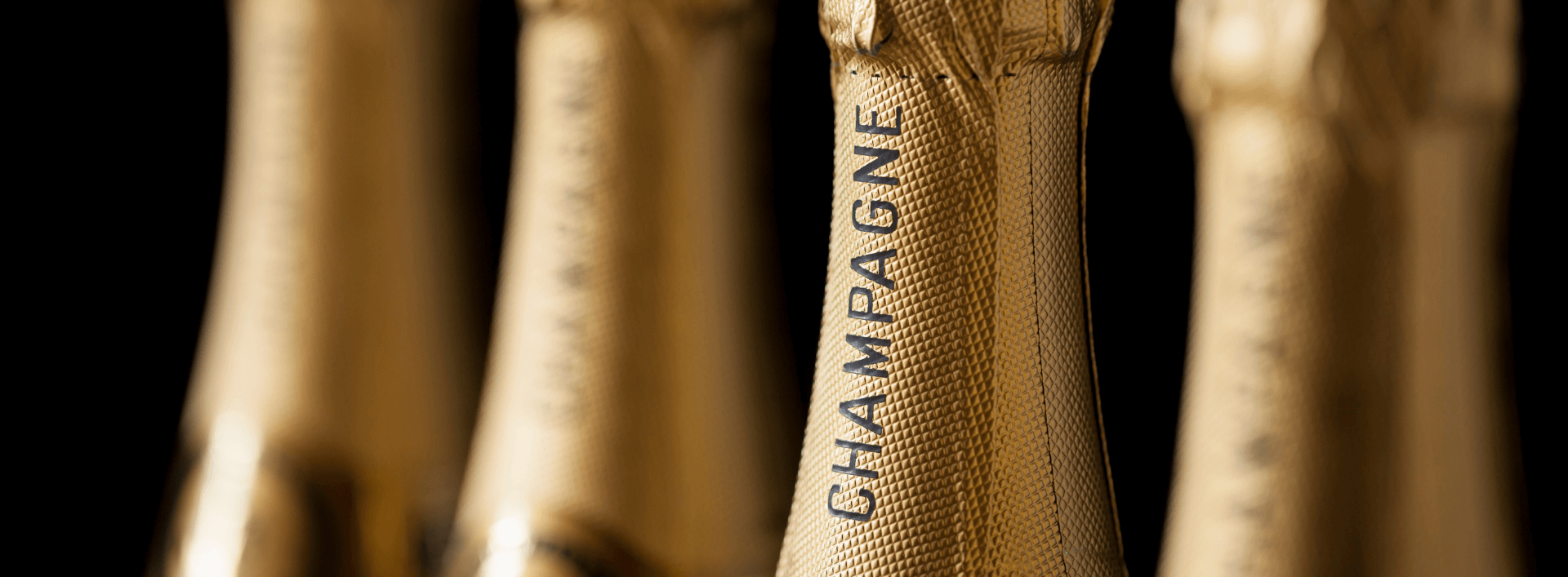Champagne, Cava, Prosecco, Sparkling–What’s the difference?
Bubbles are delicious, but at Triangle Grapevine they are not just for special occasions. Good days, bad days, celebratory days and Tuesdays are GREAT times to open a bottle of bubbles. But with so many options on the shelf, how do you know which bottle to grab? Let’s break down the “fizzics” of sparkling wine.
Champagne: The Gold Standard
Champagne is arguably the word most associated with bubbly wine, but it’s also the most restrictive word. Why? The French take their wine very seriously, and maintain laws and regulations to protect the integrity of the product. For a sparkling wine to be called champagne, several criteria must be met:
- The wine MUST be produced in the Champagne region of France, using grapes grown in that region.
- The wine MUST be produced using the methode Champenoise, or traditional method, which uses a secondary fermentation in the bottle that a consumer will open.
- Only 3 types of grapes may be used: chardonnay, pinot noir and pinot meunier.
- Wine must be aged for at least 15 months on the “lees”, the spent yeast cells that are a result of alcohol production. The lees are what give champagne its brioche/yeasty flavors.
Champagne can be vintage or non-vintage (NV). Only years that have stand-out crops are prolific enough to create a vintage champagne, meaning only grapes and juice from that year are used. Vintage champagnes must age for at least 36 months. More often, champagne is marked as non-vintage, meaning juice from more than one growing season are blended to make the final product. Non-vintage blends are only required to be aged 15 months. While I fully support opening champagne anytime, the price for French champagne can be prohibitive. Do it when you want to splurge.
Cava: Spain’s Sparkling Star
Cava is Spain’s answer to champagne. It is also made using the traditional method, but can incorporate other types of grapes such as xarel-lo, macabeo, parellada, garnacha and monastrell. Cava is primarily produced in the Penedès region of Catalonia. Aging of cava can range from a minimum of nine months to upwards of 30 months. Cava is usually significantly less expensive than champagne.
Prosecco: Italy’s Crowd-Pleaser
Another well-known sparkling wine is Prosecco, from Italy. Prosecco is made using a different method from champagne and cava. Rather than having a secondary fermentation (when the bubbles are created) in the bottle, prosecco’s second fermentation is done in a tank. This is called the charmat method. The much larger space in which the fermentation takes place allows the bubbles to generally be larger. Additionally, aging in the tank allows less contact with the spent yeast cells, which creates a more fruit-forward taste, with notes of peach, pear and orange blossom. Prosecco is made primarily from the Glera grape (at least 85%), but can also be blended with smaller amounts of other grapes, including chardonnay, pinot grigo, pinot bianco and pinot noir. Prosecco is also an affordable sparkling wine.
Sparkling Wine: America’s Take
Not to be left out, the U.S. also produces bubbles–called sparkling wine or sparkling chardonnay, as to not interfere with France’s regulations about using the word champagne. American sparkling wine can be made in either the traditional method or the charmat method. Chardonnay, pinot noir and pinot meunier are the primary grapes used in the U.S, but others can be used to blend, such as riesling and cayuga white, particularly in the New York Finger Lakes region. There are some notable producers in California, including Schramsburg, Domaine Carneros and Roederer Estate.
Whether you’re toasting with a luxurious Champagne, a crisp Cava, a fruity Prosecco, or a bold California sparkler, one thing is certain: bubbles make any day better. So don’t wait for a milestone, pop that cork any day of the week!

